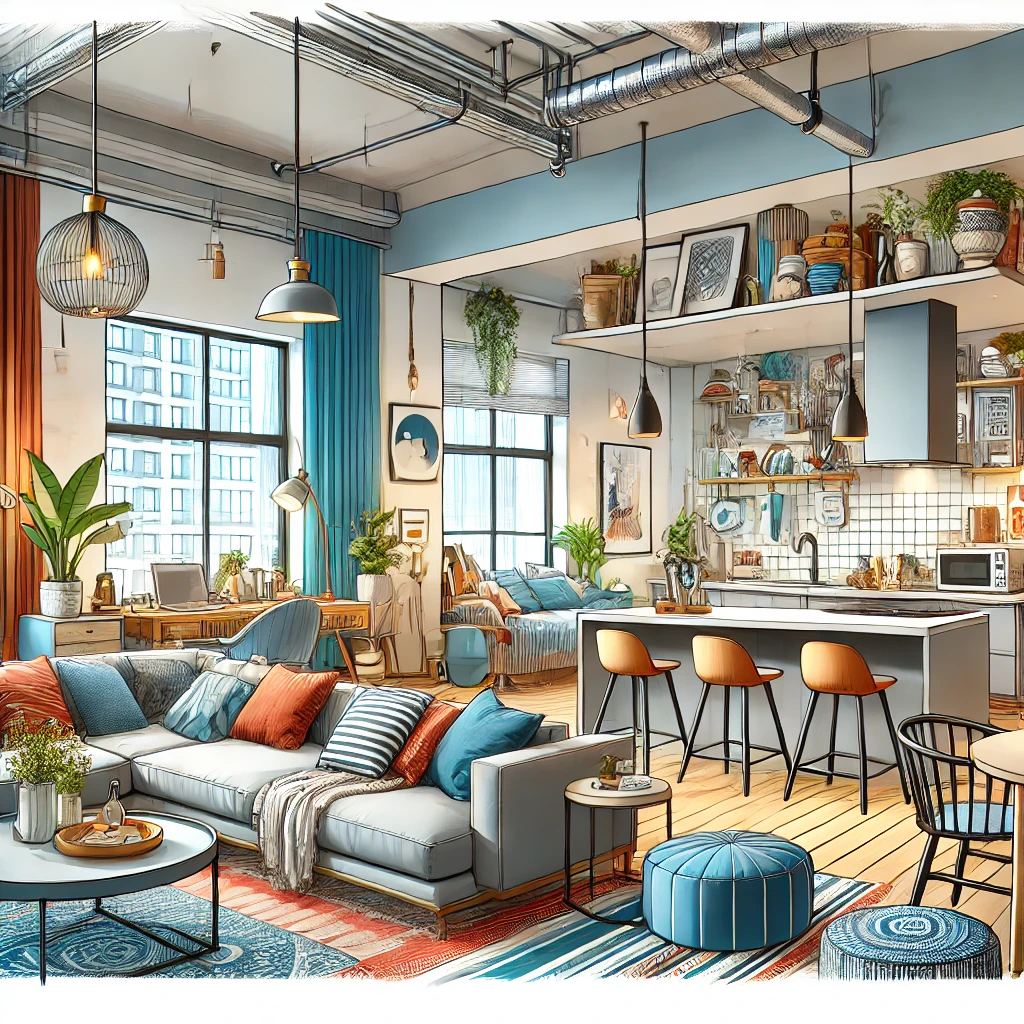As we head into 2024, the real estate market is poised for significant changes. The increasing integration of smart home technology is making properties with automated systems for lighting, climate control, and security more valuable. These features offer convenience, enhance security, and improve energy efficiency, making them highly attractive to modern buyers. Sustainability is another major factor, with eco-friendly homes in high demand due to their reduced environmental impact and lower long-term costs. Green building practices, such as using renewable materials and installing energy-efficient systems, are becoming the norm, appealing to environmentally conscious buyers while also lowering operating expenses.

Remote work has changed housing preferences, increasing the desire for homes with flexible spaces that can double as offices, gyms, or entertainment areas. Properties with adaptable layouts are now more attractive, as buyers seek homes that can accommodate their evolving needs. Urban suburbs are blending city amenities with suburban space, making them highly desirable. These areas offer the convenience of urban living—such as proximity to work, shopping, and entertainment—combined with the space, affordability, and community feel of the suburbs, driving up property values and rental rates.

Co-living spaces offer affordable, community-oriented living, which is especially appealing to younger people. These setups allow residents to share common areas while maintaining private bedrooms, fostering a sense of community and reducing living costs. Co-living spaces can also generate higher rental income per square foot compared to traditional rentals, making them an attractive investment option. Technological advancements like virtual tours and AI-powered tools are transforming the property buying and selling process. Virtual tours allow potential buyers to explore homes remotely, while AI enhances property management and marketing, making transactions more efficient and attracting tech-savvy clients.

Additionally, there is a growing demand for homes that promote health and wellness. Features like gyms, outdoor spaces, and wellness centers are becoming increasingly popular as people prioritize their health and lifestyle. Properties that offer these amenities are more appealing, particularly in urban areas where such features can be a significant draw. These trends highlight the dynamic nature of the real estate market as it adapts to new technologies and evolving consumer preferences. Staying ahead of these changes will be key for success in 2024 and beyond, offering new opportunities for growth and innovation in the real estate industry.

